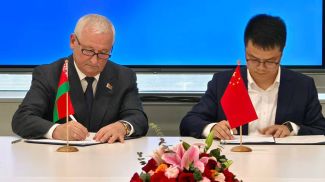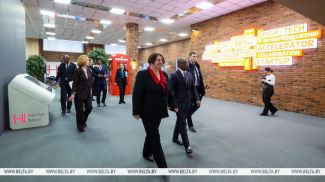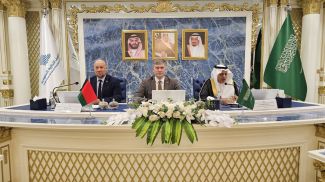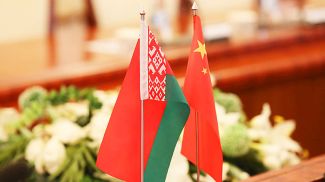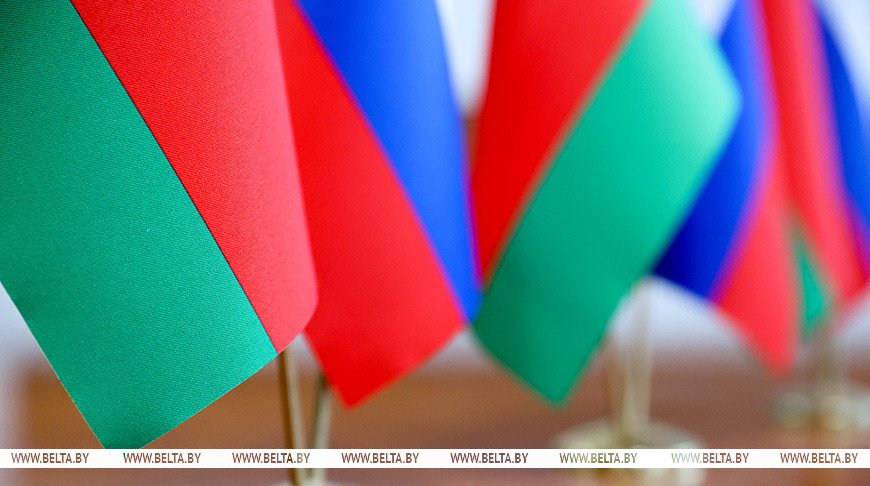
An archive photo
MINSK, 29 October (BelTA) – Belarus and St. Petersburg have signed a roadmap to support joint scientific and scientific-technical projects of educational and research organizations for 2026-2028, BelTA has learned.
The roadmap will be coordinated by a joint working group in scientific and technical activity. The document covers all stages of selecting and implementing joint projects: from holding competitions and allocating funding to winners to monitoring the results of project completion. It will serve as a foundation for expanding cooperation in science and technology.
Chairman of the State Committee on Science and Technology Sergei Shlychkov delivered a report on cooperation in science and technology at a meeting of the Belarus-St. Petersburg Business Cooperation Council. He also held talks with the leadership of the St. Petersburg Committee on Science and Higher Education. The parties agreed to hold a meeting of the joint working group in the second half of 2026.
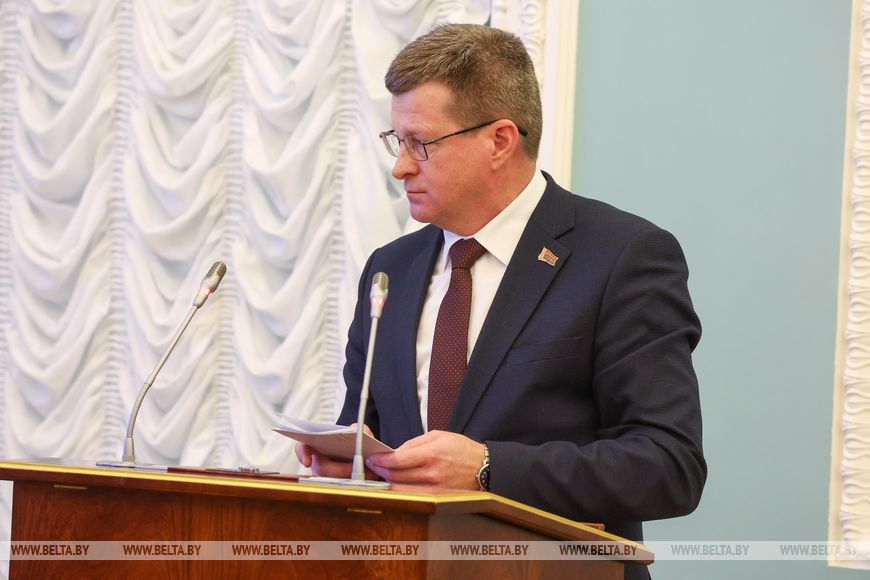
According to Sergei Shlychkov, in 2024-2025 ten joint scientific and scientific-technical projects were implemented in medicine, mechanical engineering, physics, information and communication technologies, and other fields. “As an example of results, the Belarusian National Research Center for Traumatology and Orthopedics, together with the Turner National Medical Research Center for Children’s Traumatology and Orthopedics, has developed a prototype experimental model of a device for femoral bone metal osteosynthesis. There are no domestic analogues of such a design today, and according to estimates, the market cost of the plate will be at least 2-2.5 times lower than that of similar foreign products,” he noted.
The Joint Institute of Mechanical Engineering of the National Academy of Sciences of Belarus and Peter the Great St. Petersburg Polytechnic University have developed a neural network to determine the service life of materials for computer modeling of complex technical systems in mechanical engineering. The development will significantly reduce the time and cost of testing components and mechanisms and accelerate the design of new types of equipment.
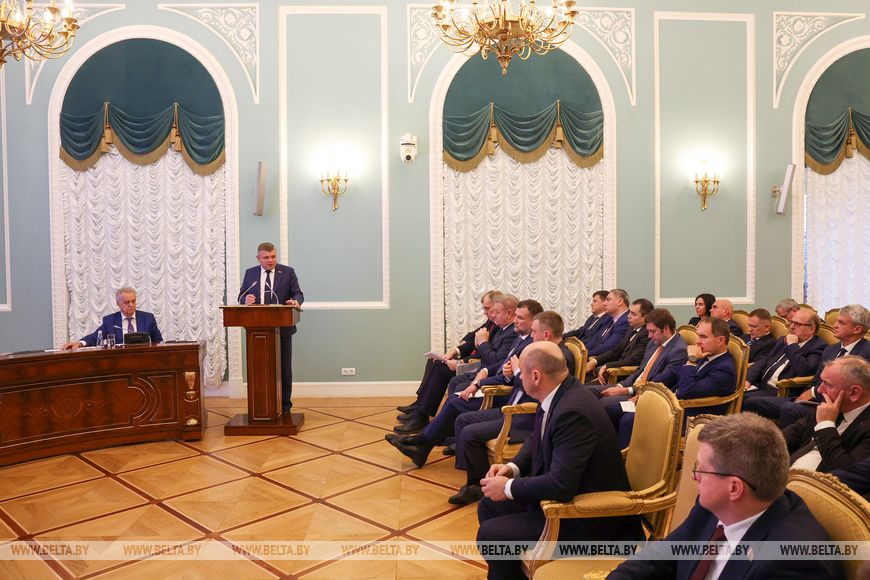
Belarusian State University of Informatics and Radioelectronics, together with Zhores Alferov St. Petersburg National Research Academic University, are jointly developing matrices for next-generation microdisplay devices.
The Powder Metallurgy Research and Production Association of the National Academy of Sciences of Belarus and Peter the Great St. Petersburg Polytechnic University are completing the development of a technology to produce ceramic composite materials and products using additive manufacturing. This technology has strong potential for introduction at mechanical engineering enterprises in Belarus and Russia, as it ensures high surface quality of manufactured parts while keeping production preparation costs low.
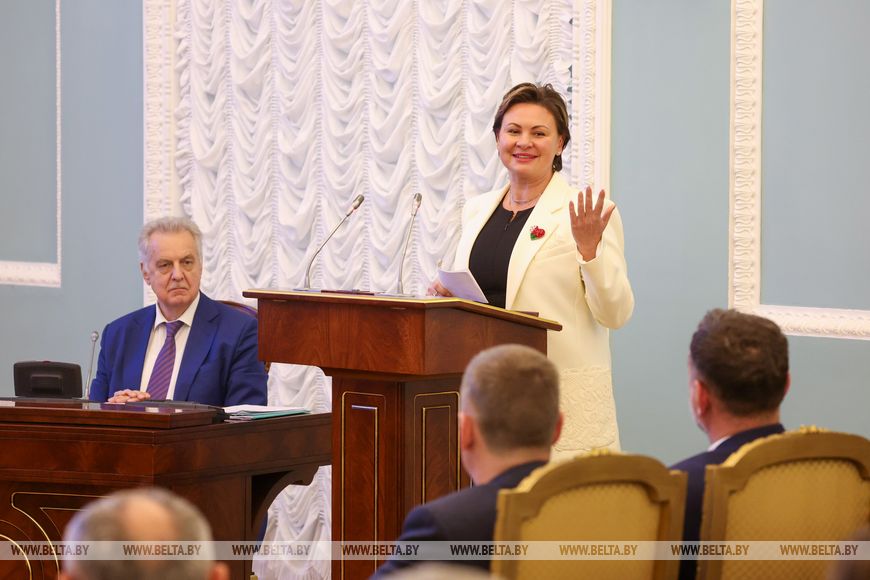
“In addition, scientific and technical cooperation between our research organizations is successfully developing within the framework of Union State [of Belarus and Russia] scientific and technical programs. With the participation of universities and research institutions of Belarus and St. Petersburg, Union State programs such as Technology-SG, Autoelectronics, Spinal Systems, and Development of the Union State Hydrometeorological Safety System have already been implemented,” Sergei Shlychkov emphasized.
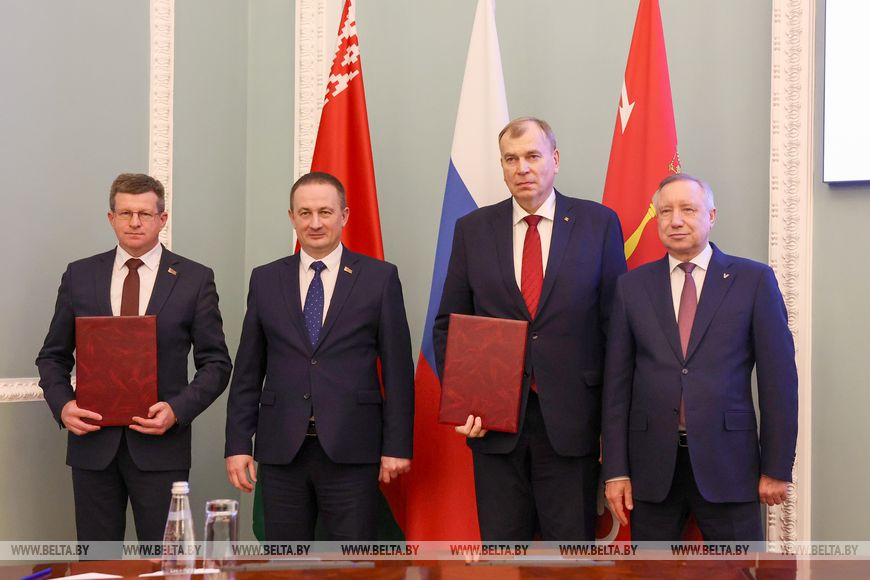
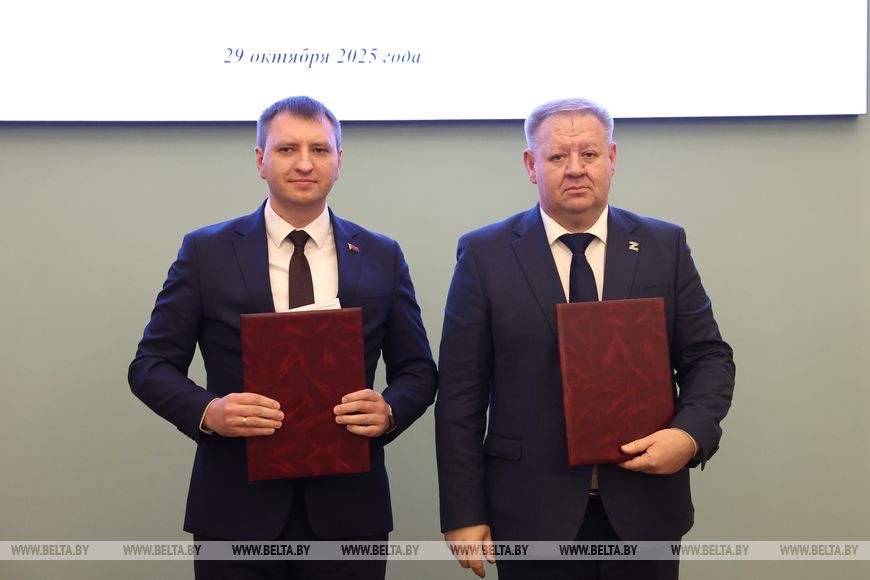
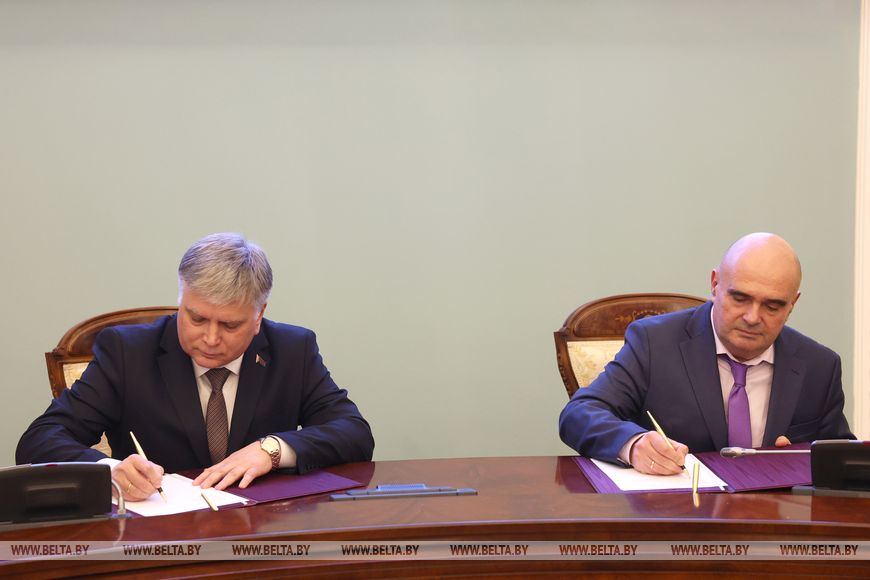
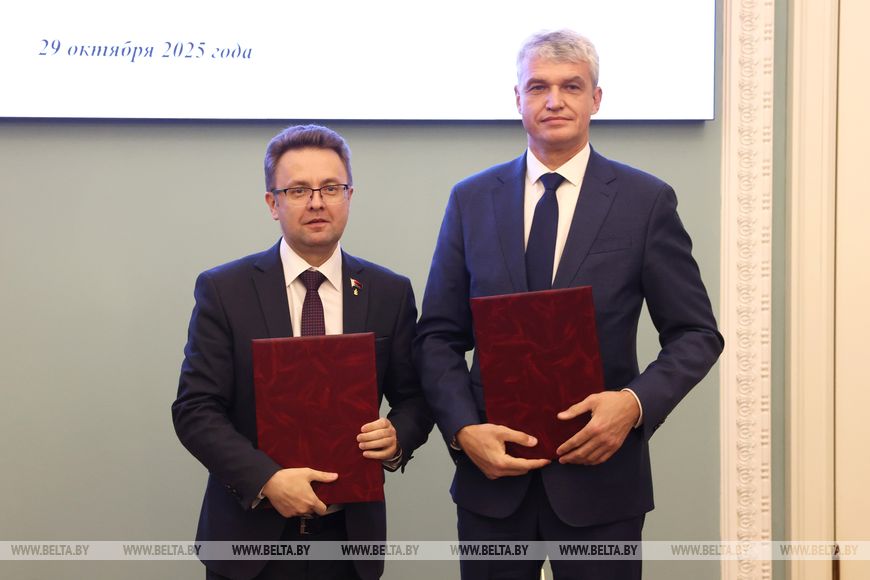
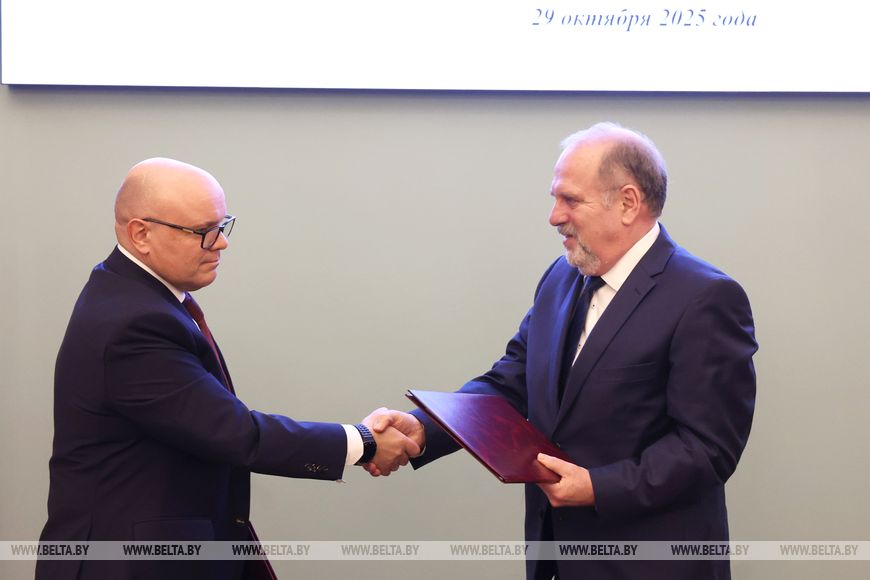
Photos by Vitaly Pivovarchik/ BelTA




